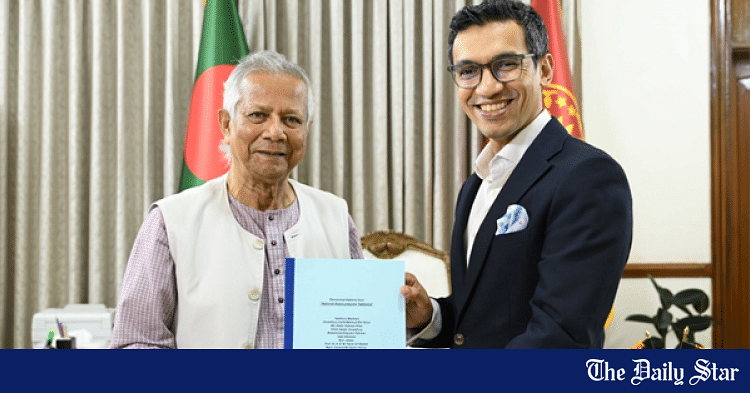- Copy to clipboard
- Moderator
- #21
- Joined
- Jan 24, 2024
- Messages
- 3,313
- Solutions
- 1
- Reaction score
- 1,718
- Points
- 209
Ulkasemi Bangladesh is designing Apple, Meta, Google chips.
Bangladeshi Researcher Dr. Nadim Chowdhury (who completed his Ph.D from MIT) discusses SSD and VLSI semiconductor design at BUET Dhaka (where he currently teaches)
Bangladeshi Researcher Dr. Nadim Chowdhury (who completed his Ph.D from MIT) discusses SSD and VLSI semiconductor design at BUET Dhaka (where he currently teaches)






